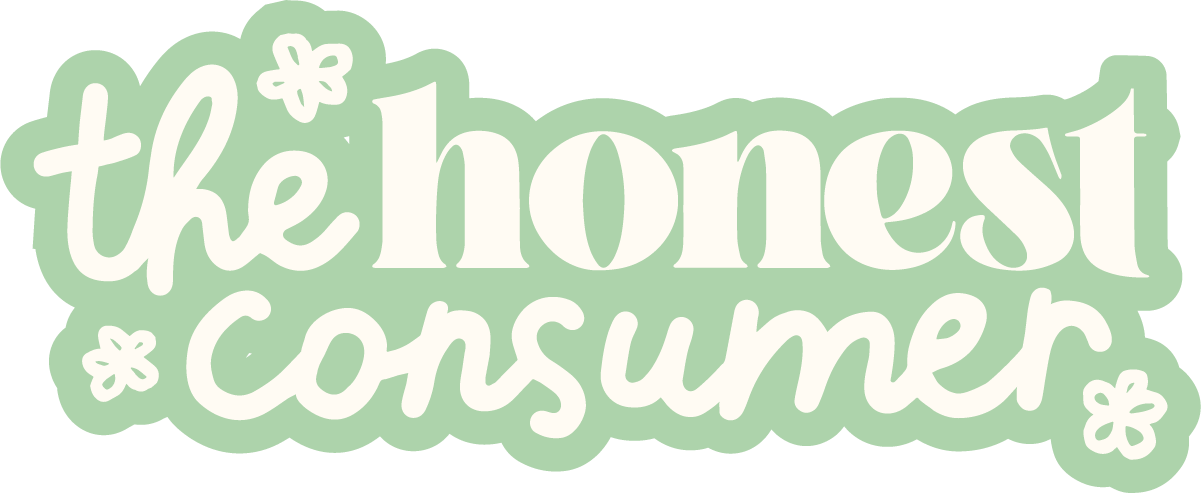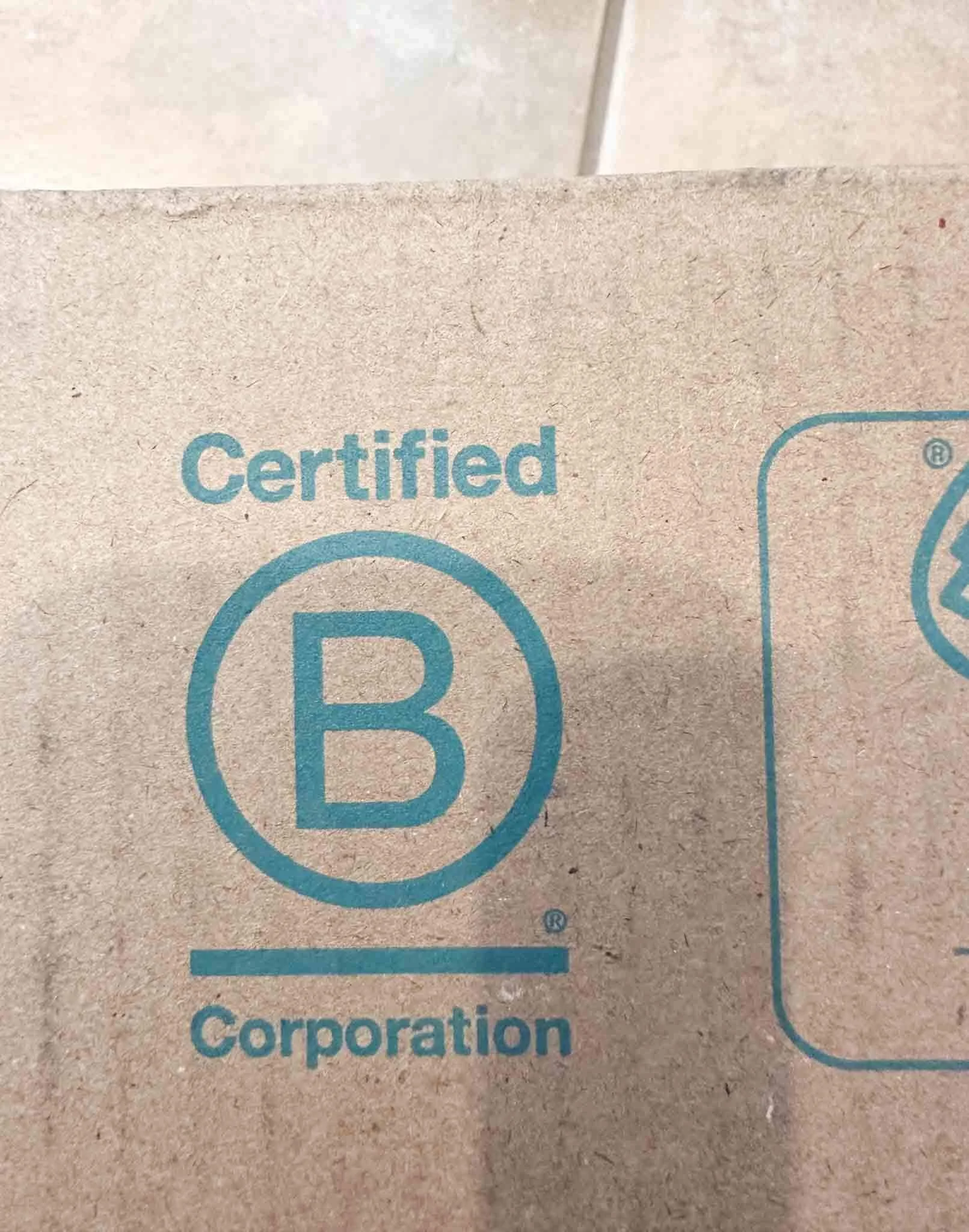The Best Sustainable & Wild-Caught Seafood Delivery Services
The ocean is more than just a holiday destination or a pretty backdrop. Oceans cover about 71% of the Earth’s surface. They influence weather systems, support economies, and feed us.
Whether it’s lobster, shrimp, and prawn, or cod, halibut, and salmon, oceans proffer a great bounty of seafood. An excellent source of protein, fish is good for our heart health, provided by an industry that supports livelihoods and communities.
You may look at your Instagram-worthy seafood dinner and wonder, how did that fish find its way to your plate?
If you don’t know, you may be inadvertently supporting fishing practices that deplete oceans, damage ecosystems, and promote unethical labor practices.
When shopping for seafood in the grocery store or online, you may have come across the terms wild-caught and farm-raised.
These terms have caused debate about which is healthier, more sustainable, and the most eco-friendly.
As with many such debates, the answers for the best choice are not clear-cut. Both options have their pros and cons and we need to understand the nuances of both and strike a balance between them in our diets.
This post does contain some affiliate links. If you decide to make a purchase The Honest Consumer may receive a commission at no additional cost to you.
Is Seafood Sustainable?
For seafood to be considered sustainable—whether it’s wild-caught or farmed—it must be sourced in a way that upholds environmentally responsible practices.
Monterey Bay Aquarium’s Seafood Watch is a helpful resource for determining the sustainability of your seafood. Seafood Watch defines sustainable seafood using three pillars: environmental protection, social responsibility, and economic viability.
Environmental protection includes limiting bycatch (aka fish caught unintentionally), avoiding overfishing, managing pollution, preserving natural habitats, and considering the carbon footprint of fishing methods.
Social responsibility includes ensuring ethical labor practices are being followed and prohibiting the use of child or slave labor in fishing.
Economic viability includes incentivizing sustainable fishing to promote practices that are beneficial for both people and the environment.
When not properly implemented and managed, fishing can be unsustainable and bad for the environment due to overfishing, which depletes fish stocks, and destructive fishing methods.
The latter usually involves large nets like seines, trawls, dredges, and gillnets that drag along the seafloor, destroying habitats such as coral reef systems and seagrass meadows which are breeding and feeding grounds for marine life. It can also result in bycatch.
Bycatch refers to unwanted fish and other marine animals that are unintentionally caught in fishing nets. Vulnerable species include turtles, seabirds, dolphins, and sharks, creatures that are thrown back overboard, often injured or dead.
Marine animals may also get tangled in nets or swallow hooks.
Responsible methods that avoid or minimize such destruction include handlines, jigs, pole-and-lines, and trolling lines.
The use of pingers can also be useful. Pingers emit sounds that repel passing marine mammals, so that fishing vessels can avoid entangling them or trapping them as bycatch.
Wild Caught Versus Farm Raised Seafood
When shopping for seafood it’s common to see the terms wild caught and farm raised. Let’s learn what these mean and about the sustainability.
What is Wild-Caught Seafood?
The above issues are associated with wild-caught seafood: fish caught in the wild, not only from oceans but also rivers and lakes.
But more than 85% of the world's fisheries have been pushed to or beyond their biological limits and oceans face increased anthropogenic pressure. One of the responses to these problems has been farm-raised seafood.
What is Farm-Raised Seafood?
Farm-raised seafood is fish commercially bred, reared, and harvested in a controlled aquatic environment. These constructed environments may be pens within bodies of water or tanks on land.
About half the seafood we eat is farmed, usually through a process known as aquaculture. This method lowers the cost of the final product and increases the availability and accessibility of seafood.
When properly implemented and managed it can have benefits such as minimizing environmental damage and rebuilding stocks of endangered species.
However, when mismanaged this can have unhealthy impacts on our food and the environment.
Farm raised fish are raised on a diet typically of processed pellets which can impact nutritional value.
Due to the environment and limited space of farm-raised fish, it can be easier for disease to spread quickly. This is then treated with antibiotics that can make its way into our food.
It’s reported that farm raised fish have lower levels of Omega 3.
Health Benefits of Wild-Caught Seafood
Wild seafood tends to get a better rap because it is more nutritious. The fish eat a natural, higher quality, and diverse diet, which in turn results in better flavor, color, and lower saturated fat content in the fish we eat.
Wild-caught seafood also has fewer contaminants.
Farmed fish are fed a lower quality – sometimes artificial – diet to keep costs down. Their fat content is higher because they get less exercise and may be fed diets high in fats. Their diets may also include antibiotics, hormones, and added chemicals.
This is not to say you need to stop eating farm-raised seafood. The health benefits of seafood consumption outweigh the risks of contaminant exposure and, when it comes to shellfish, the nutritional differences between wild-caught and farmed are minimal.
Mercury levels are a concern in seafood, but whether wild-caught or farm-raised the risk of exposure is similar. If you are concerned, stick to smaller fish as they have lower levels.
The added benefit of eating smaller fish is that they are better for the environment because they have a lower carbon footprint.
Environmental Impacts of Seafood
Eating seafood is generally a more eco-friendly protein choice than beef and pork. Wild-caught seafood, in addition to the argument that it is healthier, is often touted as being more sustainable and eco-friendly than farm-raised.
However, while sustainable fish are usually more nutritious, both wild-caught and farm-raised seafood can have negative environmental impacts.
One of the reasons farmed fish received such a bad rap initially was because farms were overcrowded and poorly managed, leading to problems in the controlled environments such as pollution, pests, and diseases.
The catch method of open net cages also expose the surrounding environment to these risks. But wild-caught seafood has its problems too, due to overfishing and the destructive practices outlined above.
Are There Third Party Certifications Shoppers Should Look For?
To make a responsible and eco-friendly choice, whether with wild-caught or farm-raised, it’s best to research brands and suppliers. A good brand or supplier should be able to tell you where the seafood was caught and how or how farms are managed.
Certifications can also guide you. The main ones to look for are the Marine Stewardship Council (MSC) and, for farm-raised fish, the Aquaculture Stewardship Council (ASC). Another useful label is Country of Origin Labeling (COOL).
This tells you where the fish is from. Wild or farmed fish from other regions may not be as regulated as in the U.S., meaning there could be potential for higher contaminant levels.
Frozen fish usually have two labels: one for where the seafood was caught or farmed and one for where it was packaged. Frozen options packaged in the U.S. may be marked as an American product misleading you to believe it was also caught or farmed in the U.S.
This is known as seafood fraud, a complex and controversial issue that involves intentionally mislabeling products and misleading consumers about how and where the fish were caught, and even passing off one species for another.
6 Sustainable Seafood Brands to Try
Here are six home delivery brands offering a wide variety of wild-caught fish options. These online retailers deliver with dry ice and cold packs ensuring the freshest seafood delivery.
Crowd Cow’s Sustainable Seafood
Crowd Cow’s name suggests beef, which they offer along with pork, chicken, wagyu, and seafood. From panga-fished Mexican blue shrimp to wild Alaskan Copper River sockeye salmon, Crowd Cow’s seafood is traceable with limited or zero chemicals and antibiotics.
They offer both wild-caught and farmed seafood, choosing farms that undergo thorough vetting processes.
Best sellers include Norwegian Atlantic Salmon, Fair Trade Jumbo Wild Mexican Blue Shrimp, Wild Maine Lobster Tails, and Wild Atlantic Sea Scallops.
In addition to one-time order options, Crowd Cow offers a Moolah membership for flexible monthly boxes to fit your lifestyle. You can redeem points earned through their membership for free items and discounts!
I’ve personally ordered seafood from Crowd Cow and have always been impressed with the quality. We specifically enjoy the Sablefish! You can use this link for $25 off your first Crowd Cow order.
Alaska Gold Seafood: High Quality Wild Caught Fish
Specializing in wild-caught salmon, halibut, black cod, and rockfish, Alaska Gold Seafood is based in Sitka, Alaska.
A fishermen-owned co-op started in 1944, their small-boat members from local fishing communities use the traditional hook-and-line method to bring you fresh fish from the waters of the North Pacific.
Packed with vitamins and fatty acids, their frozen portions are vacuum-sealed and shipped in a recyclable cardboard box. Fish are processed at their plant in Sitka, Alaska or in Bellingham, Washington in accordance with USDA guidelines.
They are also certified by the MSC. Since their fish is wild-caught they are free from preservatives, artificial coloring, seasonings, and antibiotics.
Best sellers include Wild King Salmon, Wild Coho Salmon. Alaskan Gold Halibut, and Alaskan Sablefish. All of their prices include free shipping to the lower 48!
Through their loyalty program, you can simply select a fish and box size for monthly orders straight to your door at a regularly discounted price.
I was recently sent Alaska Gold’s Seafood Variety pack. I sincerely enjoyed trying the different types of fish which include halibut, sablefish, salmon, and rockfish.
I was really impressed by the quality of the fish. It tasted fresh and I appreciated the size of the filets. The Wild Coho Salmon was my favorite!
This is a great pack to purchase if you’re looking to add more sustainable fish to your diet, but want a bit of variety.
Rastelli’s Ethically Sourced Seafood
Rastelli’s was established in 1976 as a butcher shop. Today they also offer poultry, pork, lamb, and seafood, alongside their beef.
Known for enforcing high standards in food safety through the entire process, their products are certified antibiotic-, steroid-, and hormone-free.
From the Faroe Islands and the Gulf of Mexico to Maine and the Maldives, Rastelli’s works with sustainable fishing and aquaculture partners around the globe to bring you wild-caught and farm-raised seafood that is MSC- and ASC-certified.
Best sellers include Faroe Island Salmon Fillets, Crab Cakes, and Wild-Caught Swordfish Steaks. They also offer a Rewards Program where you can earn points to use for discounts and free gifts!
I’ve personally tried Rastelli’s meat and seafood! It is very high quality. I’ve enjoyed the responsibly farm raised salmon, the grass-fed top sirloin, burgers, and more.
Thrive Market’s Sustainably sourced seafood
Thrive Market's premium seafood is ethically raised, sustainably sourced and flash-frozen at the peak of freshness, so every bite is better for you and the planet.
From bay scallops and striped bass to Jonah crab claw and lobster, all of the seafood available through this subscription service is sustainable and traceable — meaning each piece of fish is caught from a region that is being monitored for overfishing.
In establishing and expanding Thrive Market’s sustainable seafood program, they partner with fishing organizations and local farmers that are actively working to minimize bycatch, protect the environment, and make human rights a priority.
The online market is aligned with the world’s most important outside auditing agencies as well.
For highest quality seafood, that’s the Marine Stewardship Council (or MSC), a non-profit organization that works with scientists, conservation groups, and the seafood industry to set international best practices for sustainable fishing.
Best sellers include Wild-Caught Alaskan Sockeye Salmon, Arctic Char, Wild-Caught Yellowfin Tuna, and Wild-Caught Albacore Tuna.
I’ve personally tried seafood from Thrive Market and have enjoyed the quality. I particularly like their shrimp. We’ve also enjoyed their halibut and cod. Their fish has a wonderful taste to it, but tends to be a bit thinner filets.
I do think Thrive Market’s seafood features a more affordable price point than some of the other brands on this list. They also have some quantity discounts.
You can use this link for 40% off your first Thrive Market order.
Another awesome perk of using Thrive Market is if you don’t make your annual membership fee back in savings by the end of your membership year, they will automatically give you the difference in Thrive Market credit after you renew!
Public goods’ antibiotic-free seafood
From organic beef and poultry to seafood, Public Goods is dedicated to sustainable protein. Their seafood is 100% wild-caught in the U.S., antibiotic-free and preservative-free.
It’s also delivered “fresher and faster” than conventional stores can.
Public Goods ensures humane treatment of the fish and sustainable sourcing methods. They believe safer, healthier fish means a safer, healthier plate for you!
Hopefully this guide helped you learn about the importance of sustainable seafood and introduced you to some of the best seafood delivery services.
There's a variety of premium quality fish conveniently available to you, and ensuring ethical choices by supporting the companies in this guide is a great way to start! The best option for delicious seafood is just around the corner - literally!
MEET THE AUTHORS
INDUSTRY RESEARCH
Claudia Hauter is a South African writer, copy editor, and content creator with degrees in Drama and Anthropology. She works in television managing web content. When she isn’t reading or writing, she’s walking her dog, finding small businesses and markets to support, or attracting butterflies and bees with her vegetable garden. Learn from Claudia on Twitter or Instagram.
PRODUCT TRIAL & COMMENTARY
Emily Waddell is the founder of The Honest Consumer. She has always been passionate about business for good and has a Bachelor degree in Social Entrepreneurship. She currently lives in Seattle where she practices imperfect sustainability. When she’s not writing, Emily enjoys supporting small businesses, clean eating, ethical fashion, and practicing slow living.
For more ethical & sustainable tips be sure to explore more conscious lifestyle blog posts, follow The Honest Consumer on social media, subscribe to our newsletter, & check out the Ethical & Sustainable Brand Directory.




























